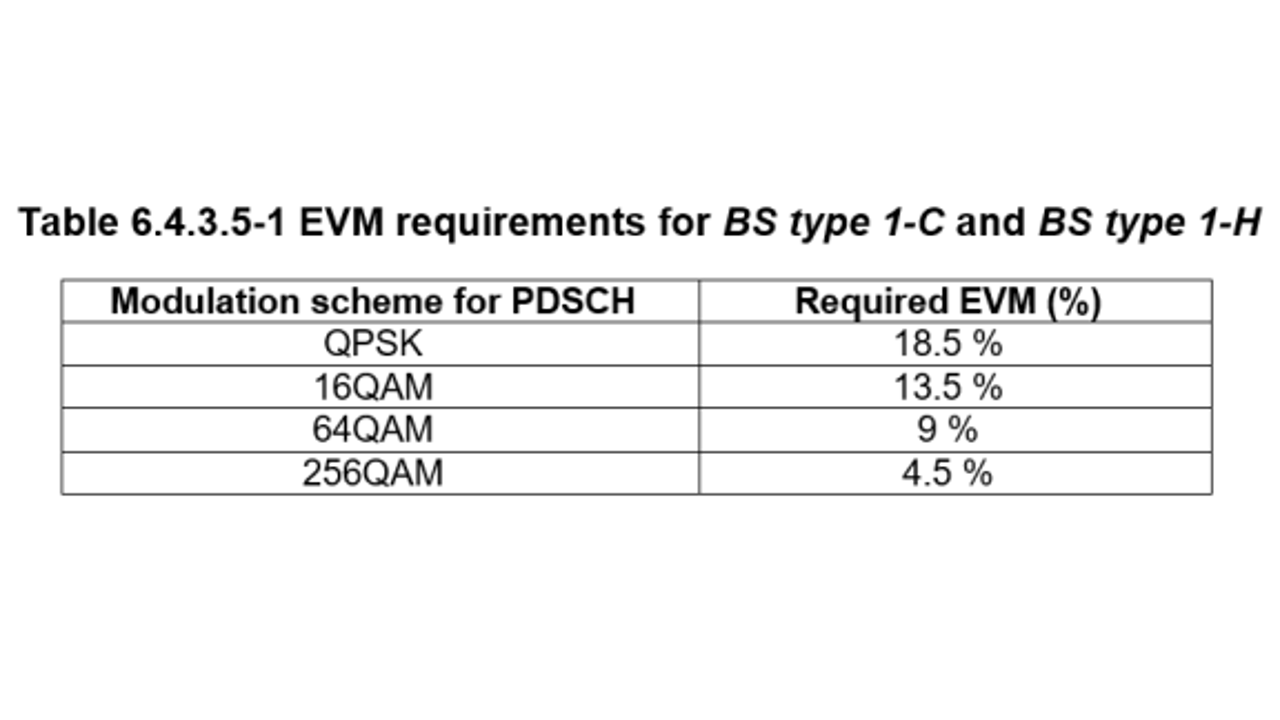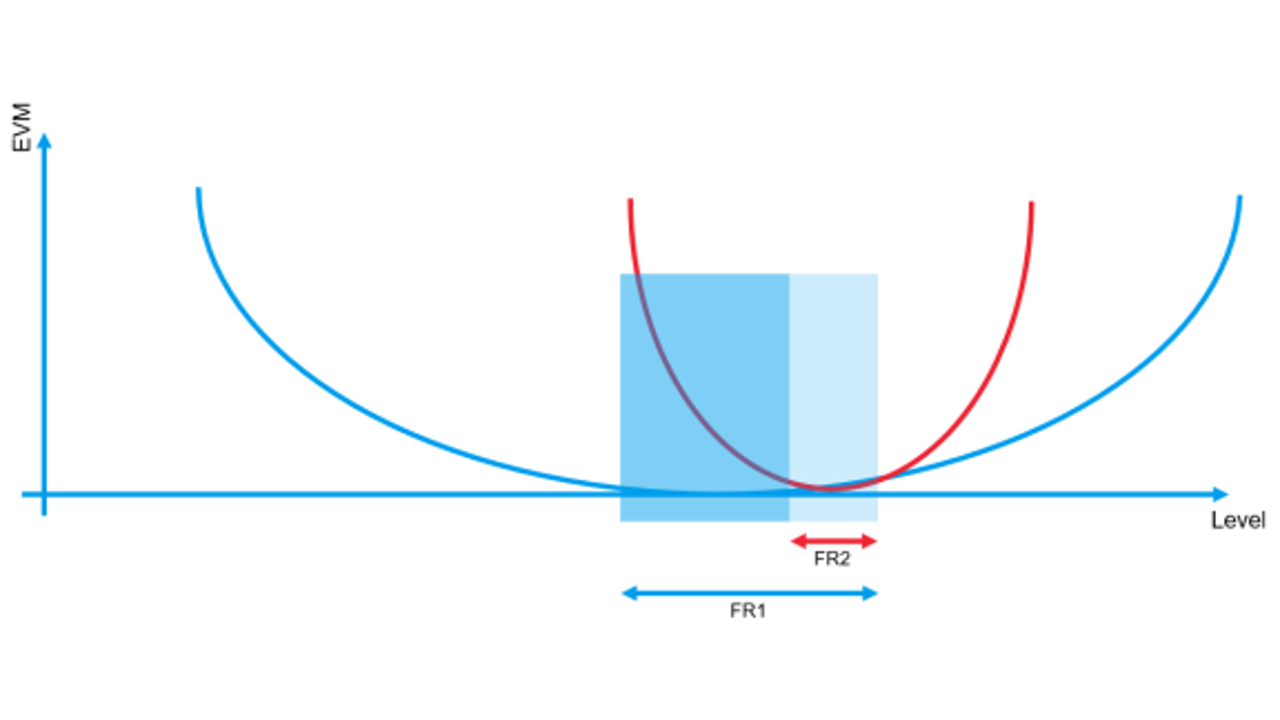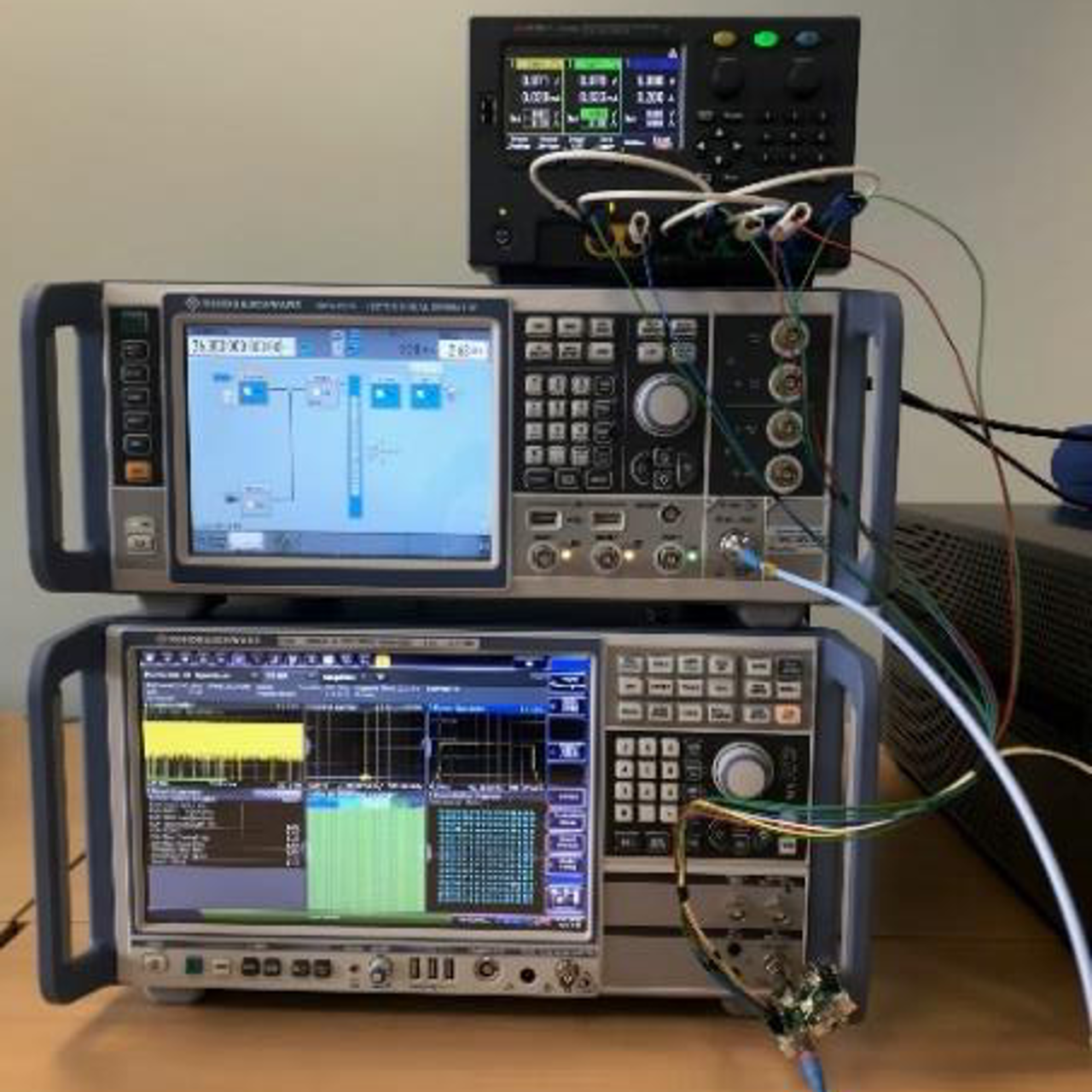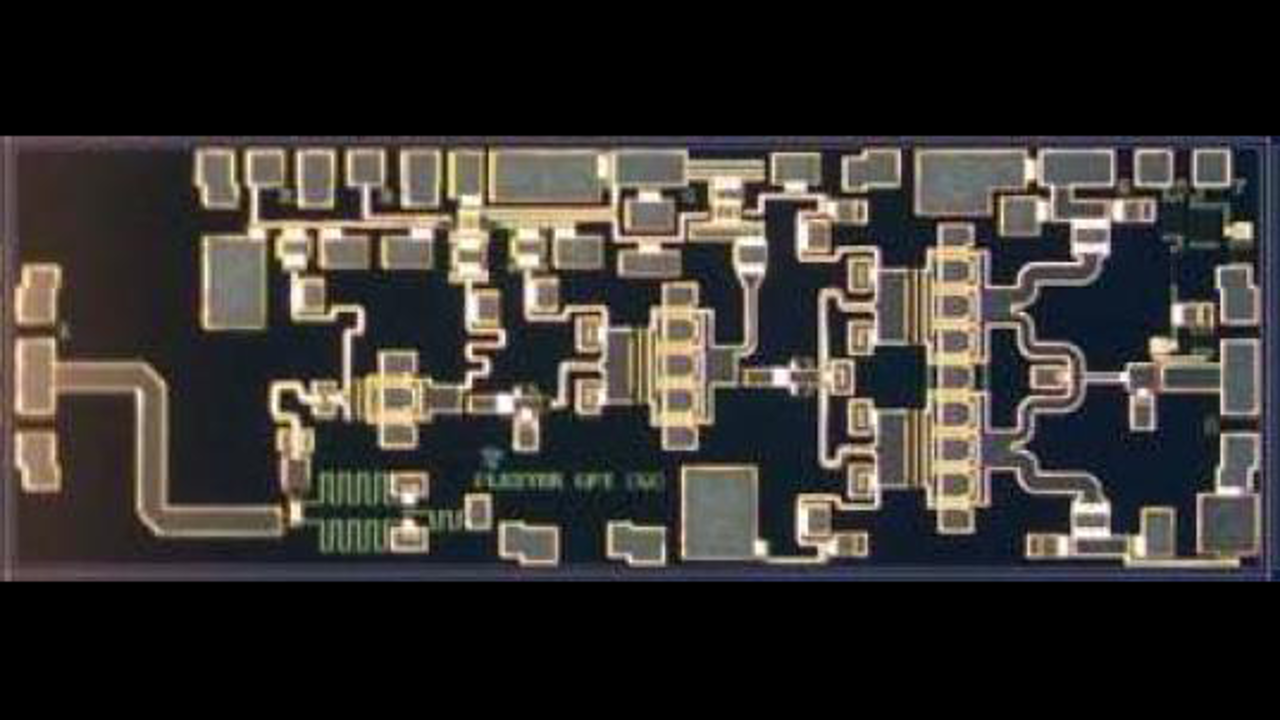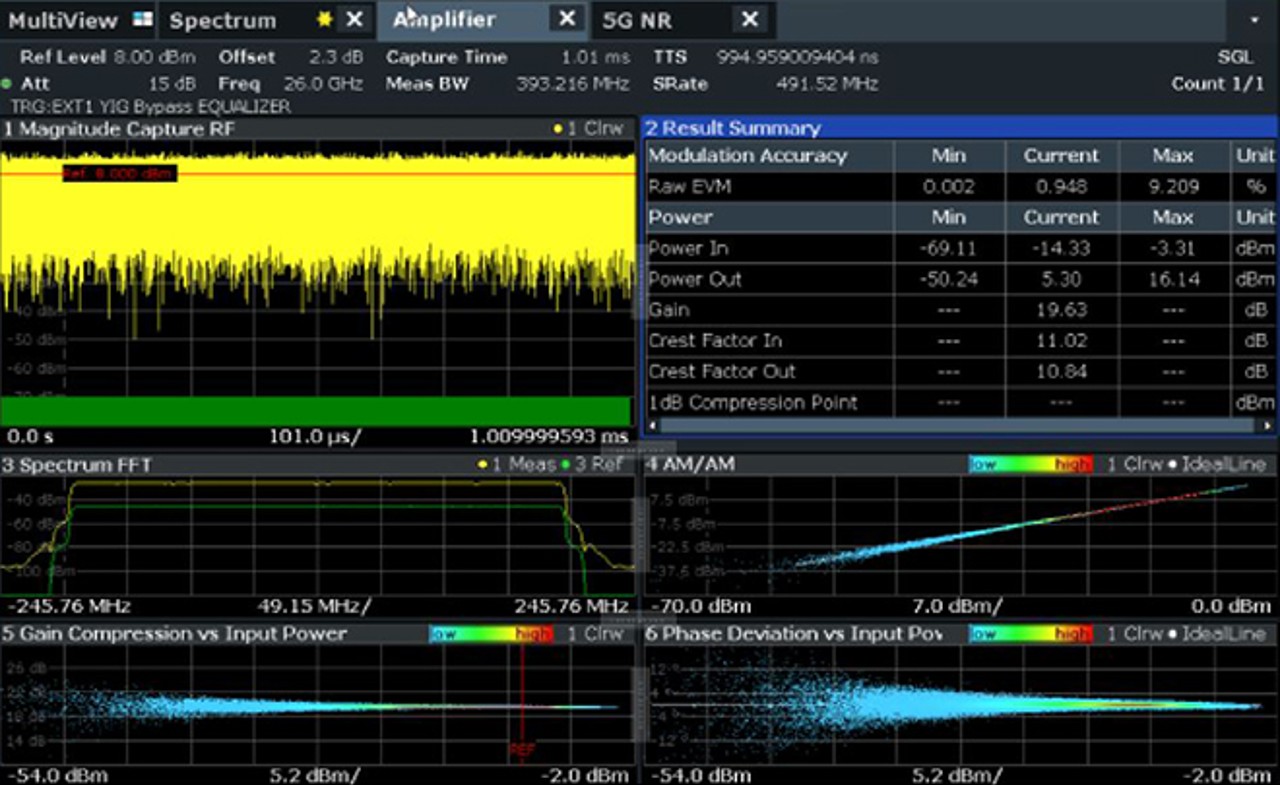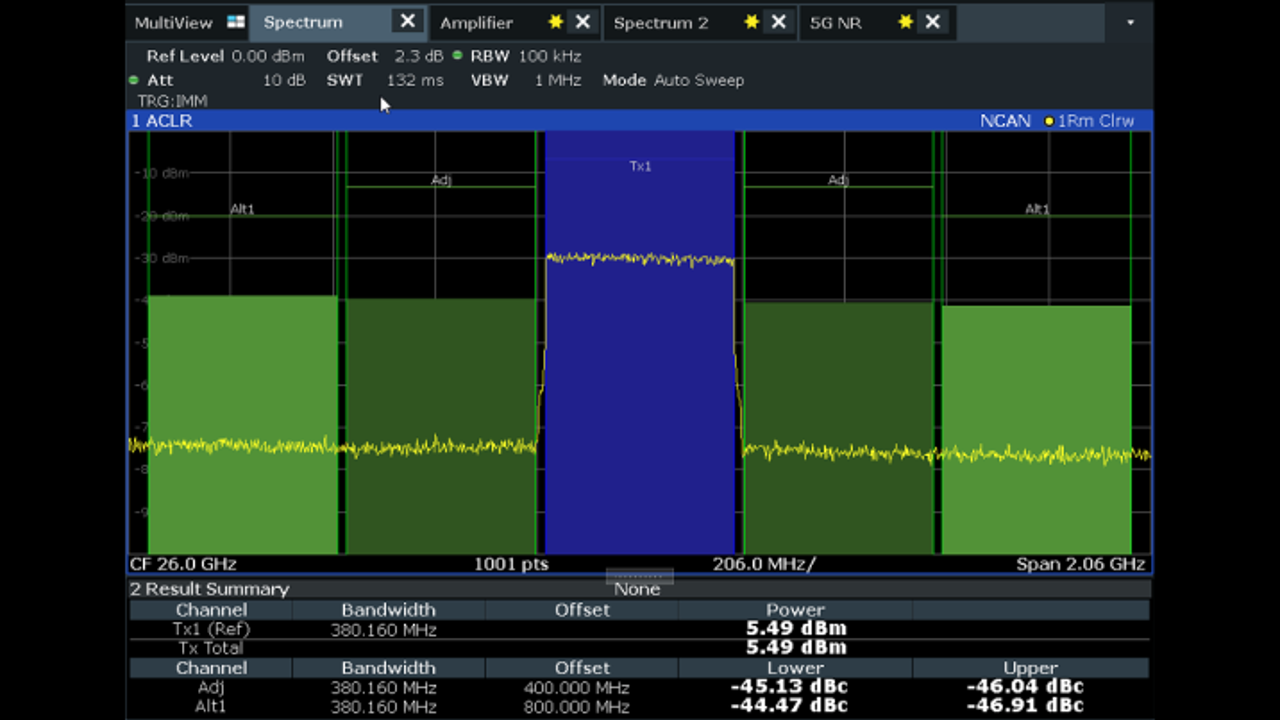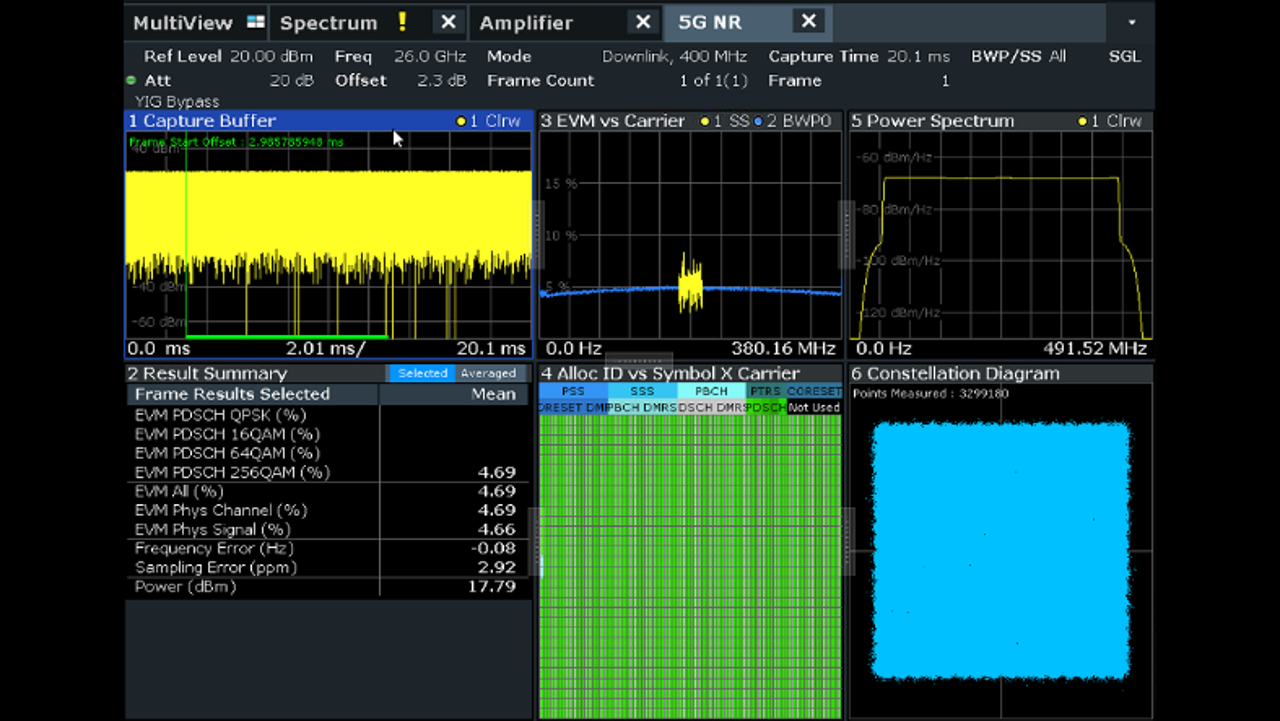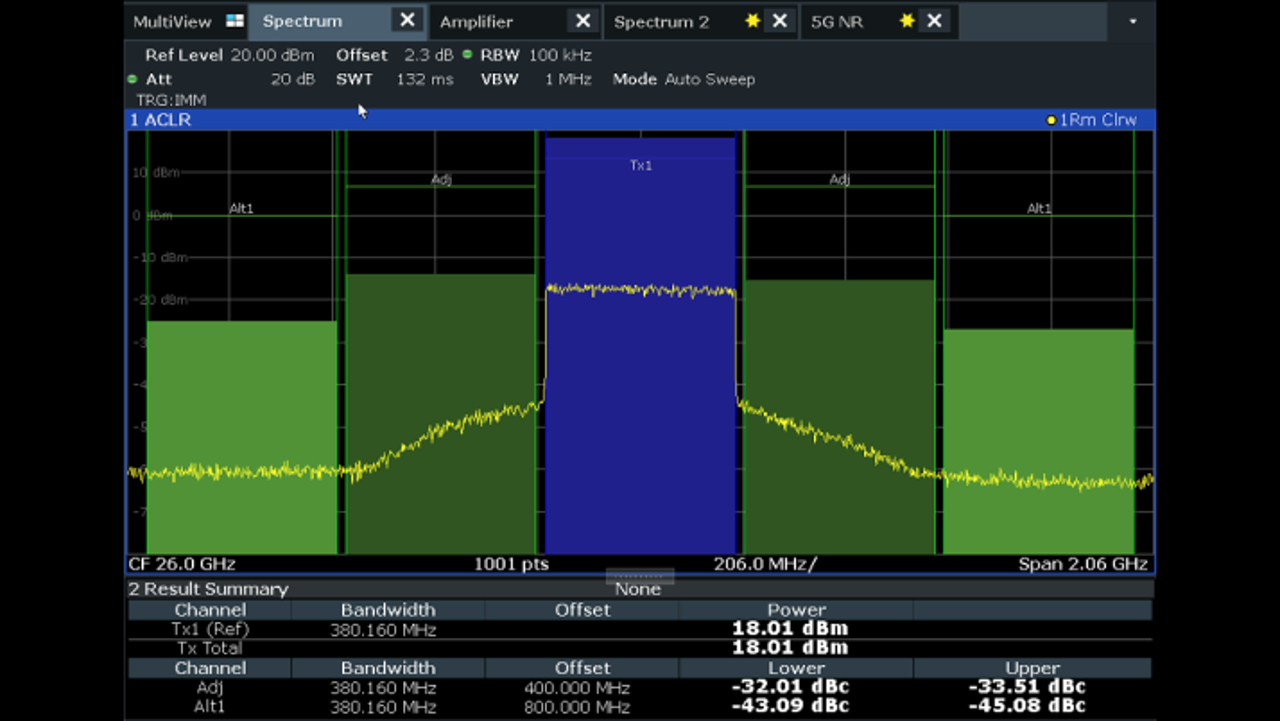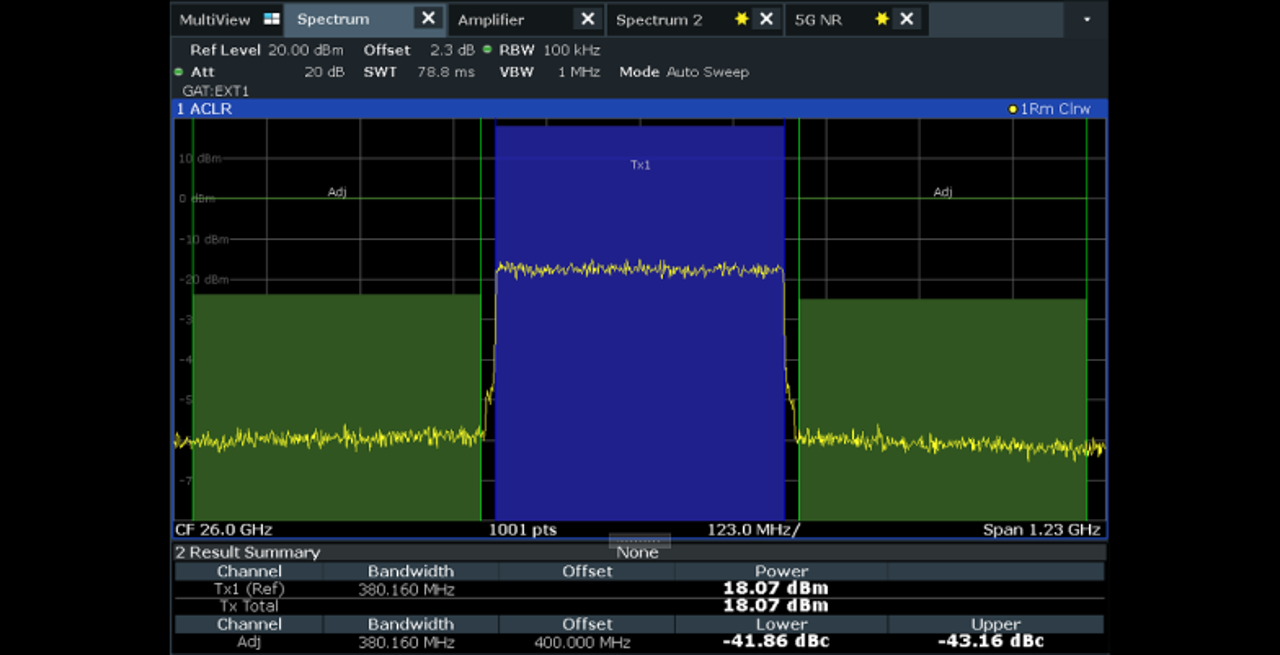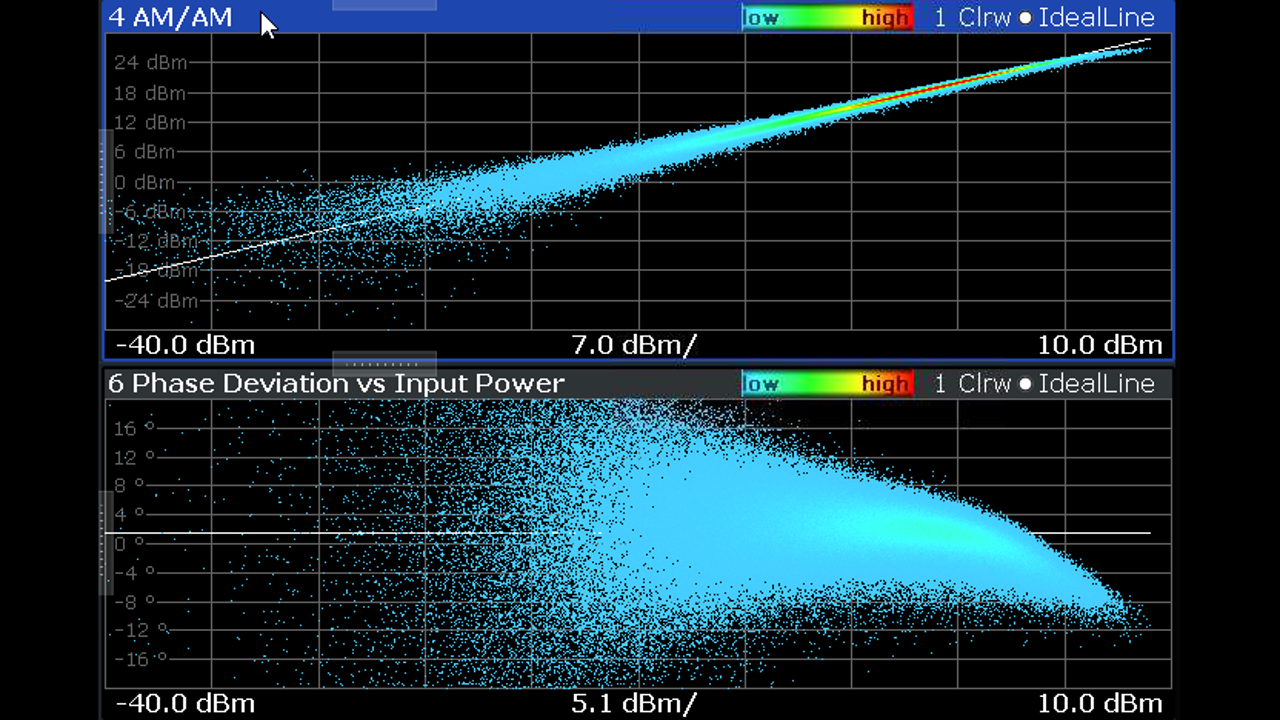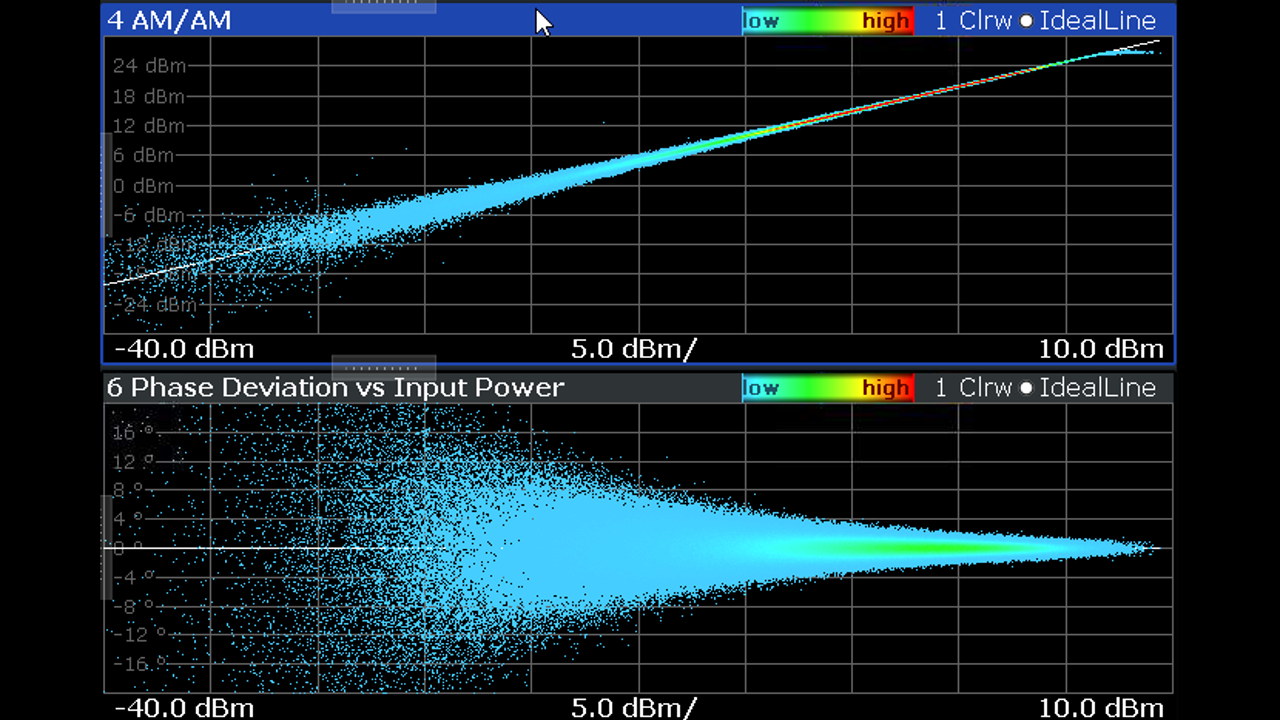Testing a 24-28GHz Power Amplifier using the 5G New Radio Test Standard, Challenges and Results
An ever-increasing requirement for data on mobile networks, driven by a myriad of applications from HD video on the move to autonomous vehicles and Industrial IOT, means a part of the new 5G network is to be deployed at mmWave frequencies, with a 26 GHz pioneer band defined for the UK between 24.25 - 27.5 GHz.
This near 10-fold increase in frequency over 4G networks opens several challenges, both in the design and implementation of the required sub-components, network infrastructure and end user equipment, and in parallel in the test and measurement approaches used to drive these developments.
In this presentation, we will introduce some of the main challenges in test and measurement of a device at these frequencies. We will then present the testing of a 26-28GHz pioneer band dual channel amplifier evaluation module using 5G NR test waveforms.




